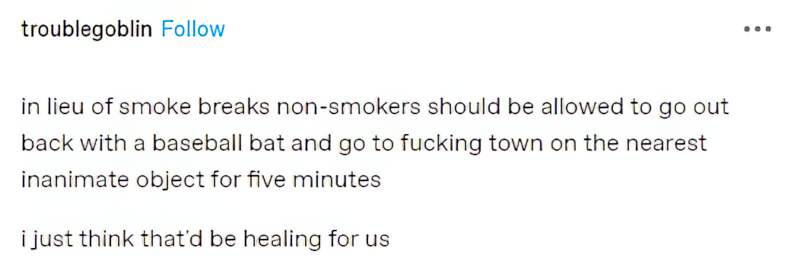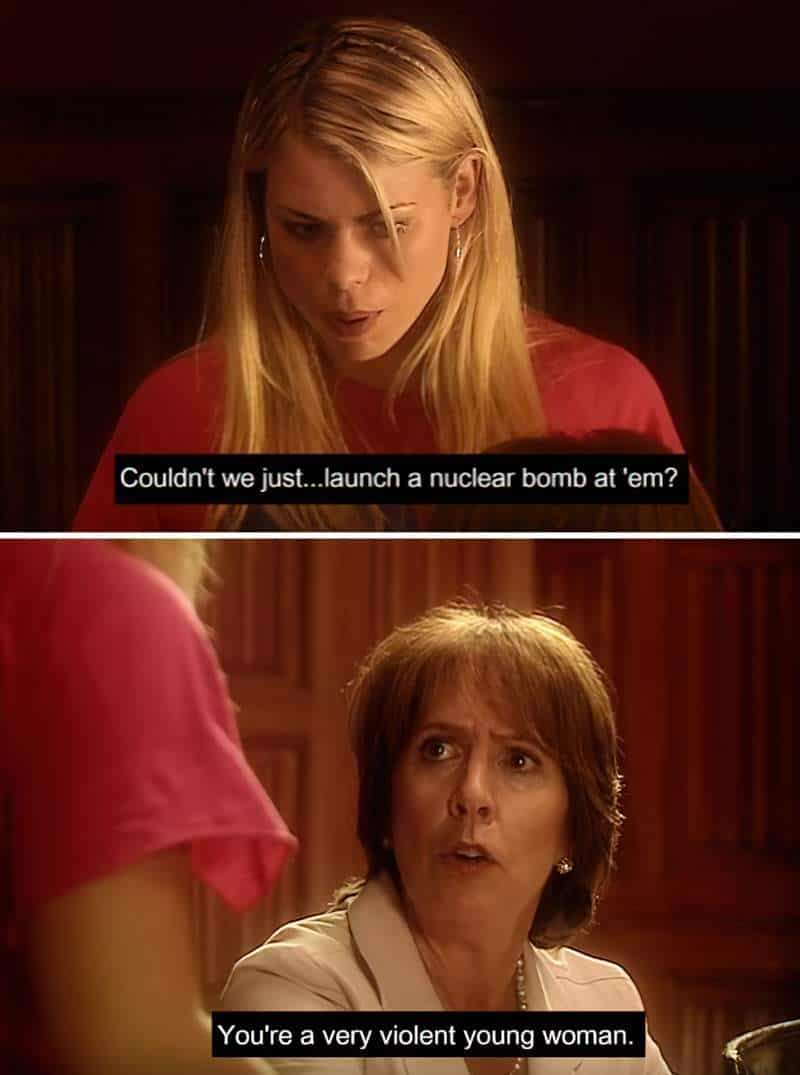Female on male violence is often used for comedic effect in storytelling. This holds true even when male on female violence would never fly. Is this a double standard?
I have looked for this particular storytelling device on TV Tropes, where you can find most any trope under the sun, but haven’t yet found this particular romantic plot device. I’m not sure if I’m one of the only people to have noticed this is a thing — a relatively new thing, I might add — a sort of inverse of the Rescue Romance, which is very old indeed.
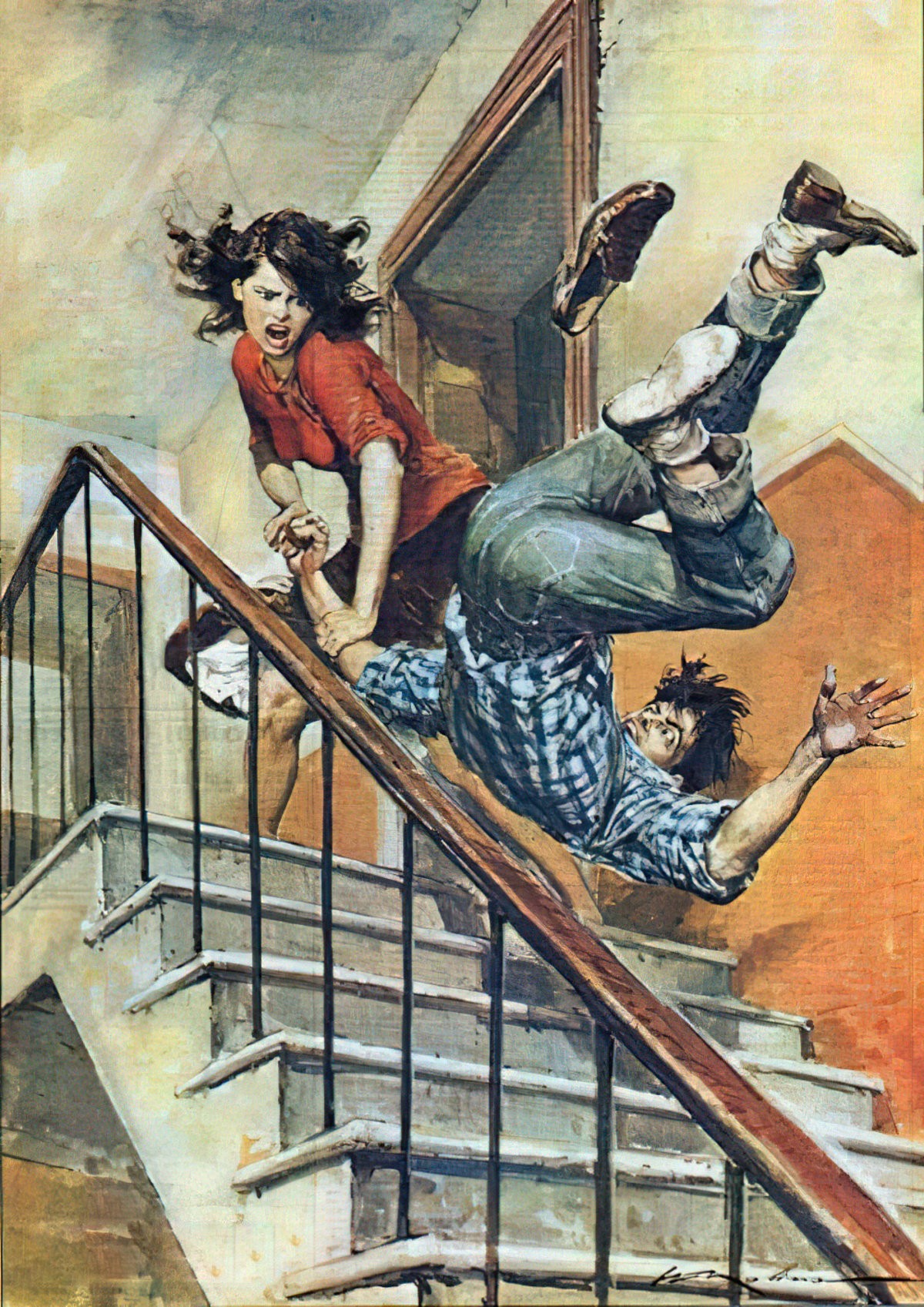
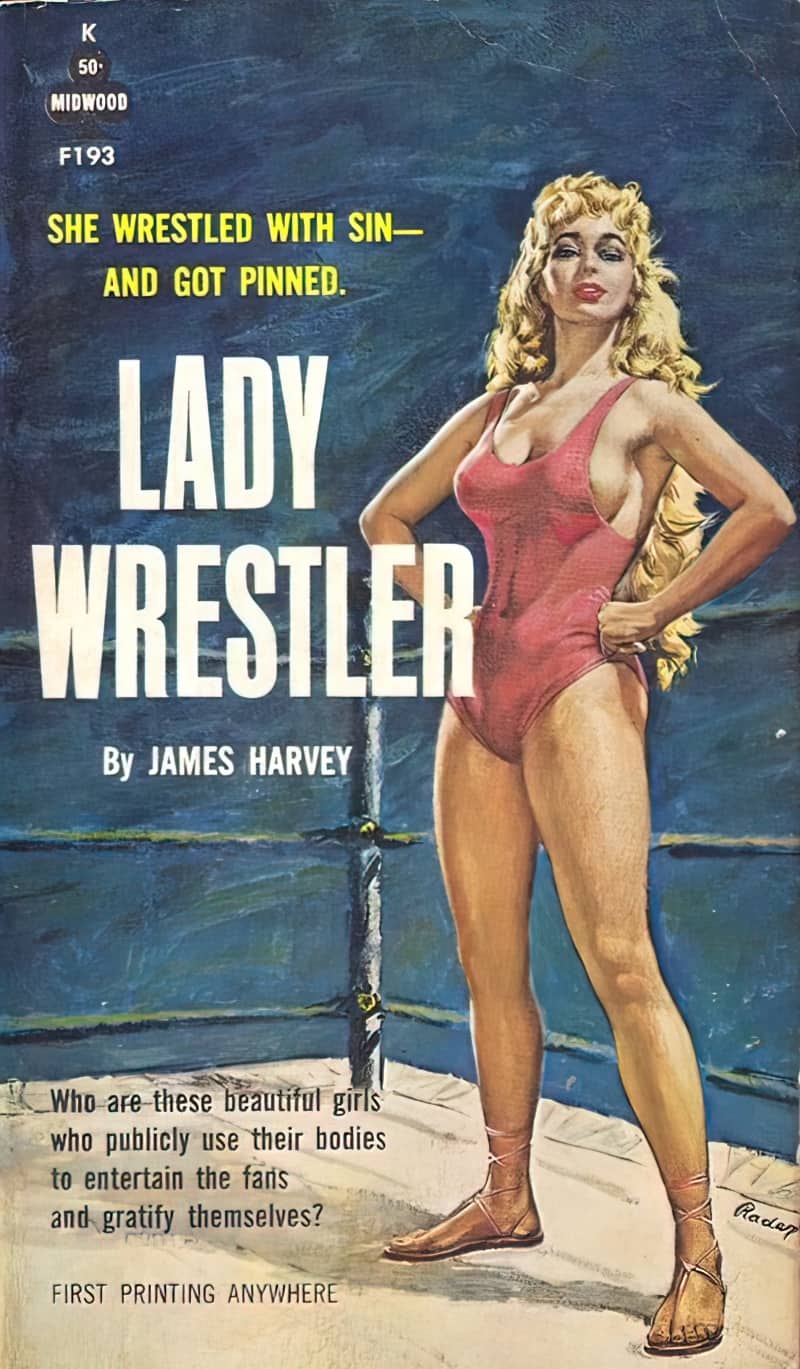
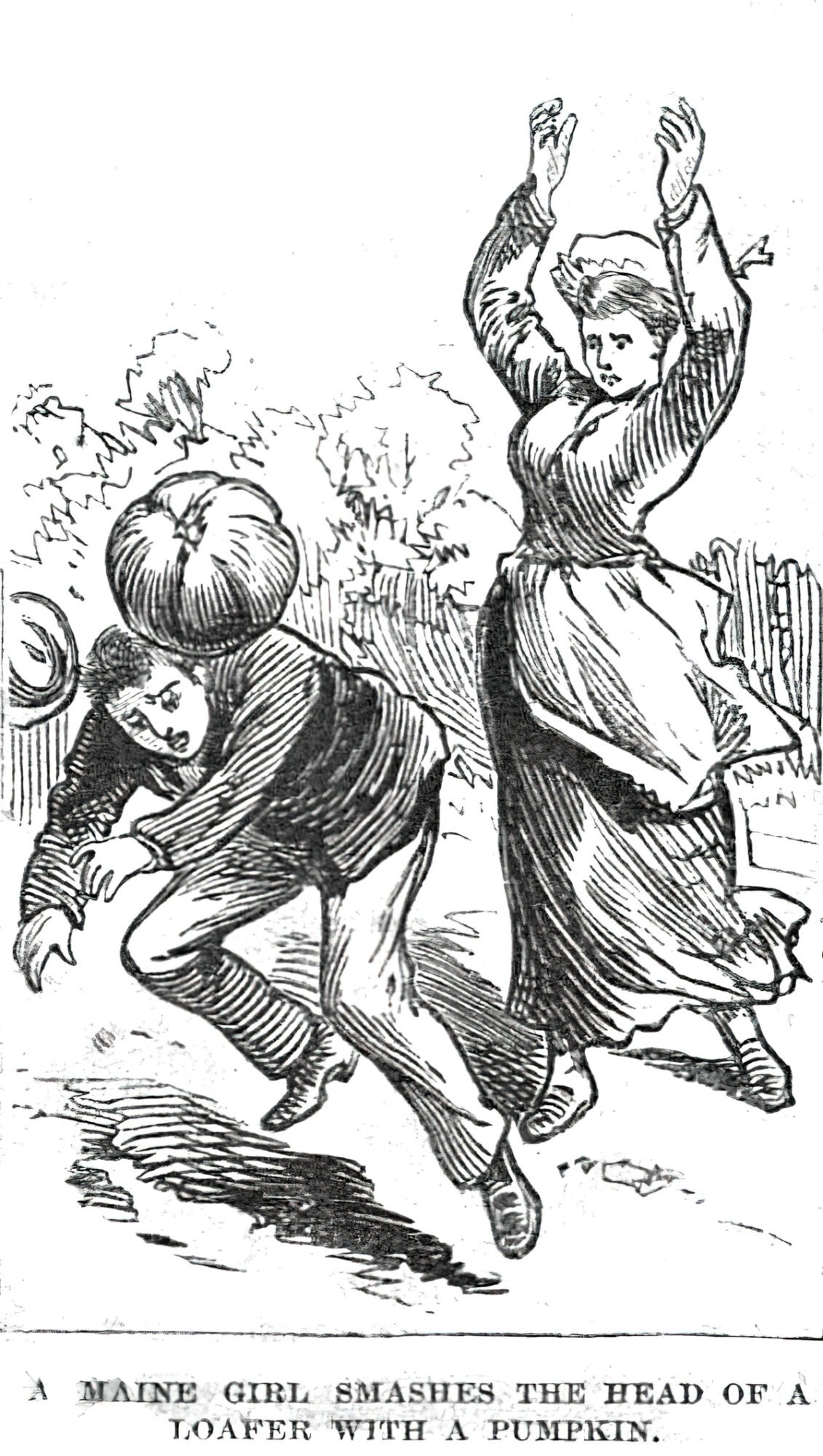
AN EXAMPLE FROM ADULT ROMANCE
Here’s an example of what I’m talking about, from The Time Traveler’s Wife by Audrey Niffenegger. This is the passage where Clare first meets Henry (the two romantic leads). Clare is 6 and Henry is 36, which is okay and not weird, because this book is about a time traveler and the real-time age difference is more respectable than that. Anyhow, Clare is in a field, and Henry has arrived naked, and is presently standing partially obscured behind shrubbery. This is written from Henry’s point of view:
“Who’s there?” Clare hisses. She looks like a really pissed off goose, all neck and legs. I am thinking fast.
“Greetings, Earthling,” I intone kindly.
“Mark! You nimrod!” Clare is casting around for something to throw, and decides on her shoes, which have heavy, sharp heels. She whips them off and does throw them. I don’t think she can see me very well, but she lucks out and one of them catches me in the mouth. My lip starts to bleed.
The phrase ‘pissed off goose’ lends a comical tone to this passage. Although this scene contains violence, it’s a comic, safe kind of injury that results.
AN EXAMPLE FROM CHILDREN’S ROMANCE
Here’s a version of the same thing from Tangled, which I find disturbingly violent given how realistic 3D animation is getting. The frying pan violence is a recurring gag, and the video below is a montage of each frying pan scene, although the scene in which Rapunzel meets Flynn is an extended female on male act of violence which somehow feels more disturbing than the video can portray:
AN EXAMPLE FROM A MIDDLE-GRADE MOUSE DETECTIVE STORY
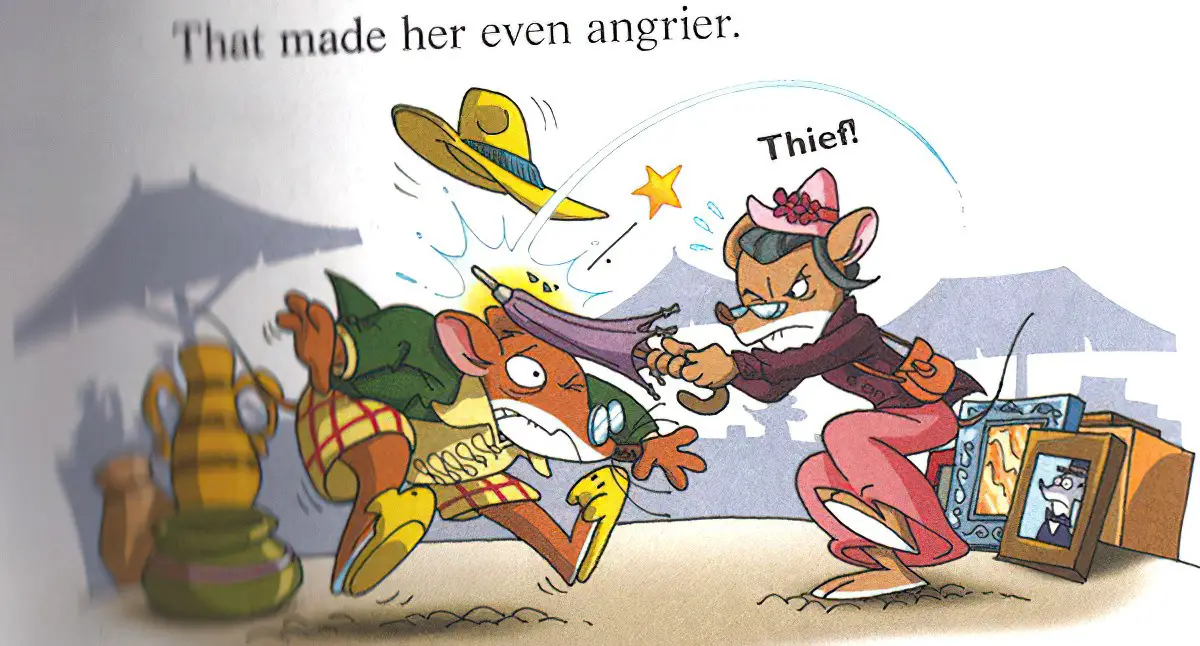
AN EXAMPLE FROM A POPULAR YOUNG ADULT TV SERIES
I don’t watch Once Upon A Time, but an io9 headline reads: Watch two fairytale characters get turned on beating a man senseless.
Commonsense Media says that Once Upon A Time is for ages 12+.
Here’s a scene from Pretty Little Liars:
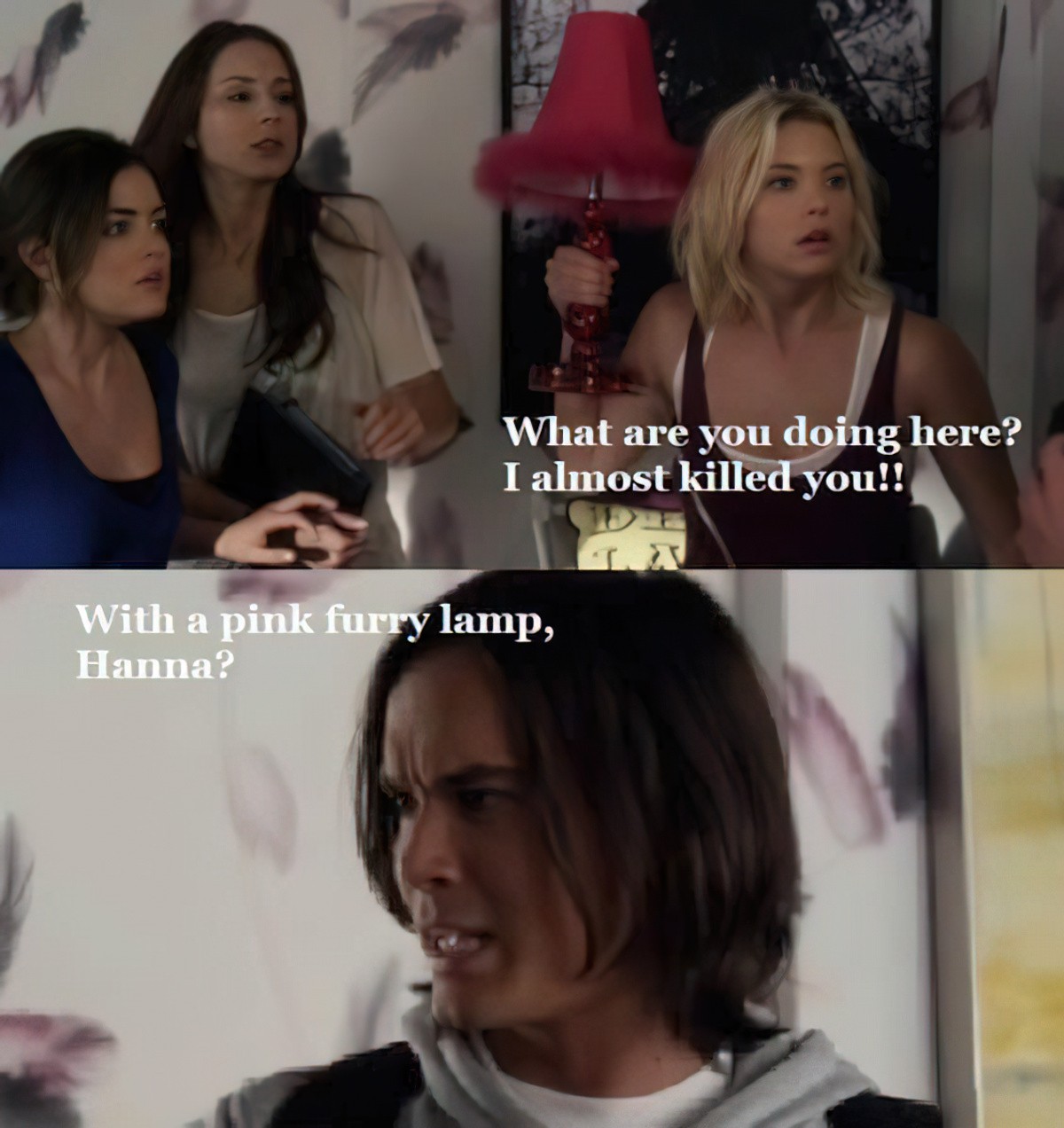
INVERSION DOES NOT EQUAL SUBVERSION
I have written about this before in a discussion of Pixar’s film Brave.
There is a long history of male on female violence, which is alive and kicking in comic book world, for starters. But if we want to change this culture (and I admit that this is a big ‘if’, since many feel they’re entitled to their fantasies no matter what kind of place they came from), the way to do it is not by simply reversing gender roles.
SO WHY THE FEMALE INJURES MALE INJURY TROPE?
In other words, why is it cute and sexy for a female to slightly (or significantly) injure a potential male love interest?
I have a few ideas, though nothing conclusive:
- In an era where women hope for equality in relationships with men, part of that equality includes the illusion of equal strength.
- Or perhaps the physicality involved in injuring a male love interest is simply a symbol for true emotional and psychological equality.
- The important thing here is the male’s response. A female character is testing out a male character’s partnership potential by doing something to him which, in certain males, would result in a violent backlash. By responding with humour and kindness, a male character who has just been injured seems safe and attractive.
- We seem to be firmly entrenched in the era of S&M. I’m going partly by the huge popularity of 50 Shades Of Grey. In a minor way, this trope is perhaps a prelude to kink.
When male to female violence occurs on screen, as well it should, as a reflection of many terrible real-world situations, then we don’t see such stories given a G rating. The male/female strength differential is such that female to male violence is comical, whereas the opposite is never so.
But I can’t accept that gender inversed violence is entirely harmless.
MORE ON TANGLED
I am not a huge fan of this film in general, frying pan violence aside. Others have written well on this topic so I don’t have to, for example the Feminist Film Review of Tangled at Bitch Flicks.
TV tropes calls female on male violence a double standard. The standards aren’t the same, of course. The same inverted would be worse. It would also likely be more damaging, as people who have been through male puberty are have, on average, about twice the upper body strength as people who’ve been through female puberty. (The difference in lower body strength is nowhere near as big.)
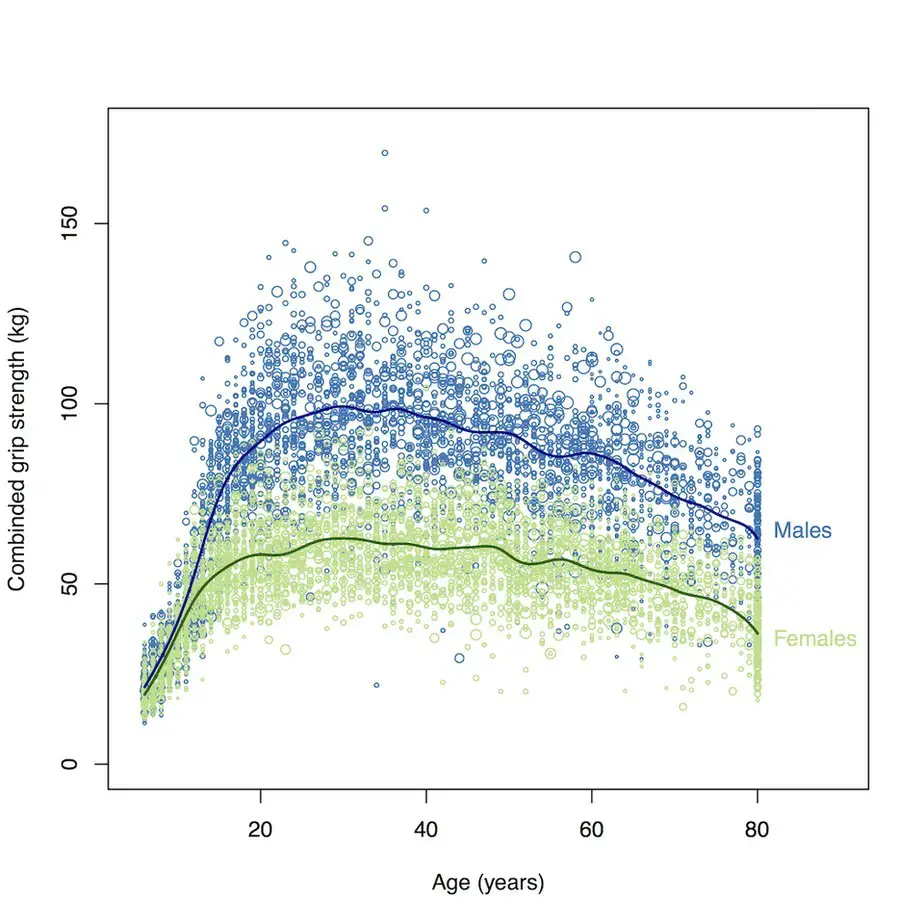
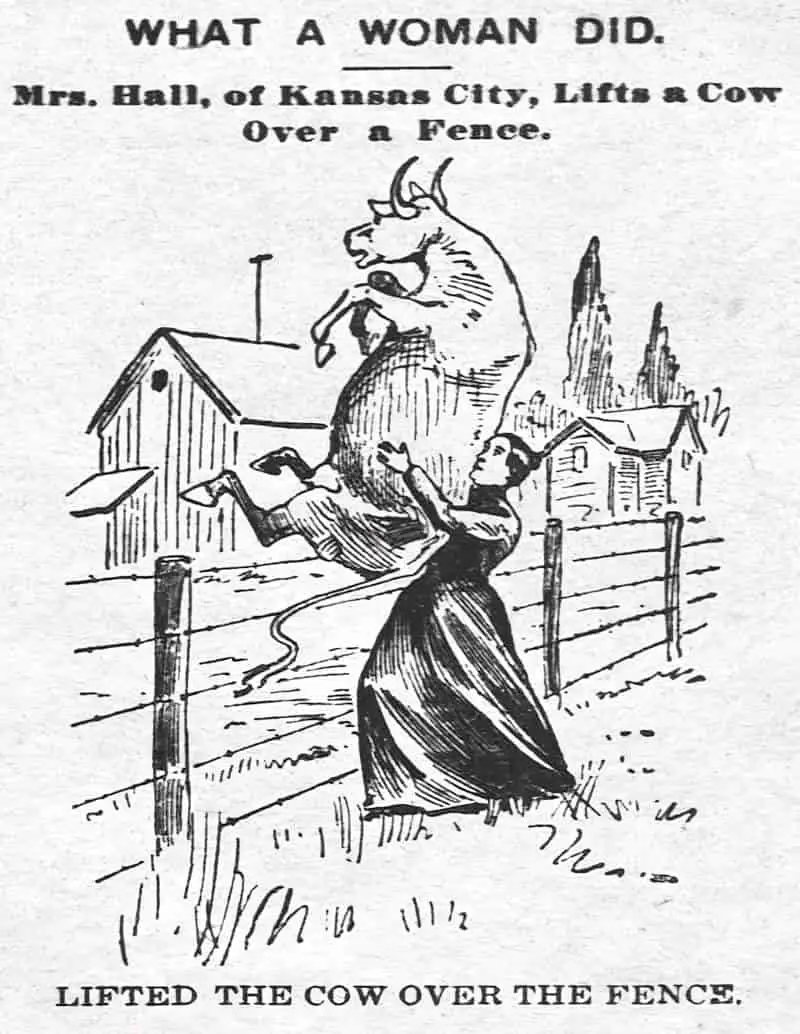
In the TV show Everything’s Gonna Be Okay, one episode explores whether female on male violence really is a double standard, if the person who hits the other is tiny, weak and effects no actual physical harm. As audience we are left to decide for ourselves whether girls hitting boys does more harm to boys, and whether girls should be punished differently.
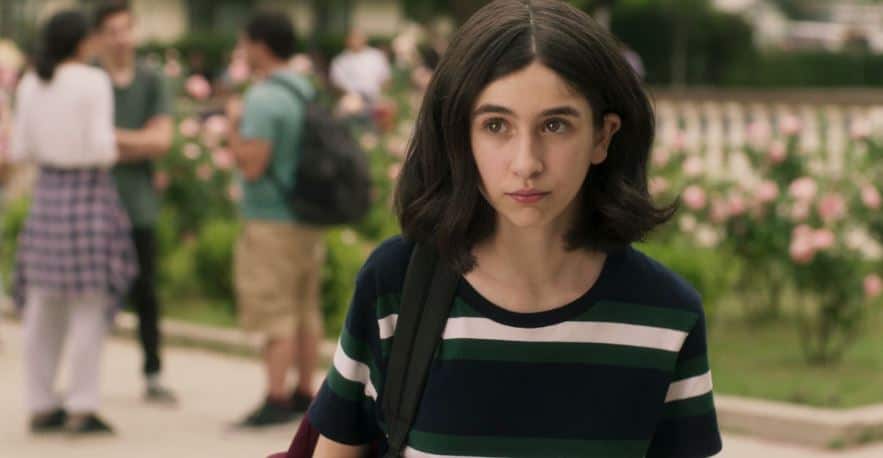
The show offers no answers, only questions.
One thing to remember in all of this: whereas male violence is on the decline, female violence is on the rise.
Although males are responsible for most violent assaults in Australia, the Australian Institute of Criminology has reported an increase in violent offences committed by females, many of them aged 14-25. Moreover, the Australian Bureau of Statistics has found that more females than ever before are being imprisoned for physical assaults.
SBS
Knowing this, I can’t find female on male violence in kids’ stories all that funny.
Header illustration is by Italian artist Waltz Molina (1915-1997).
